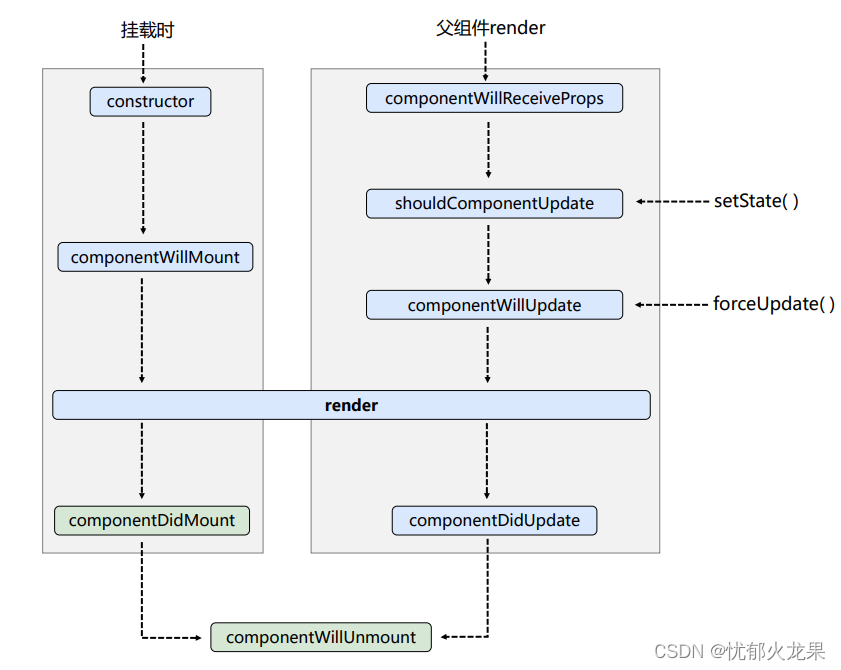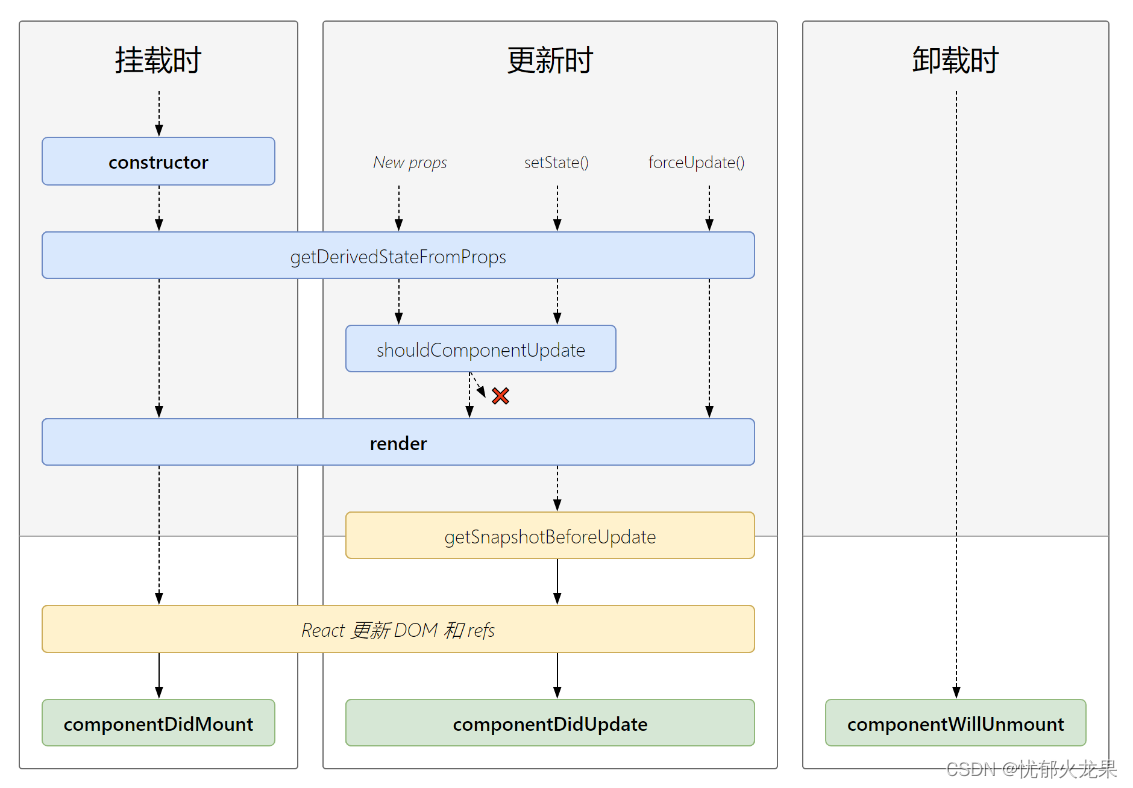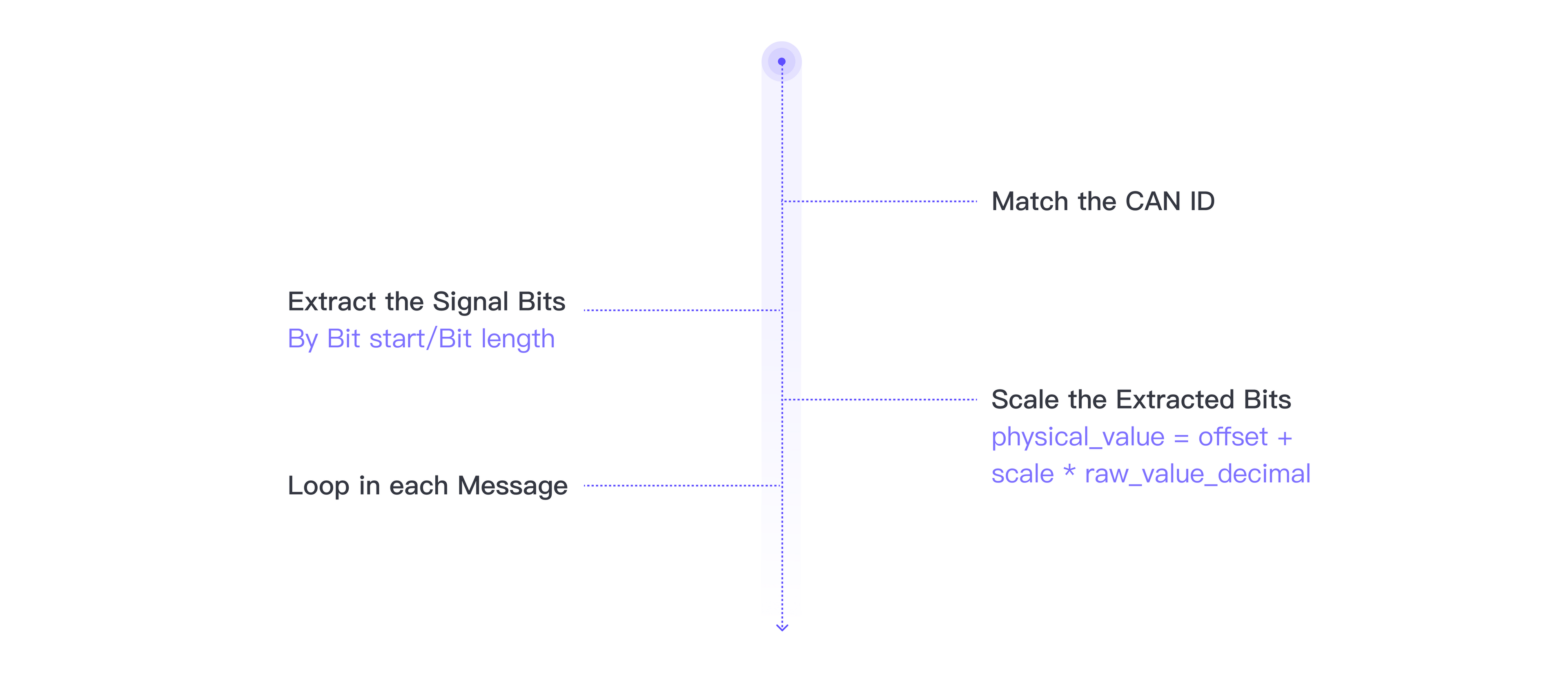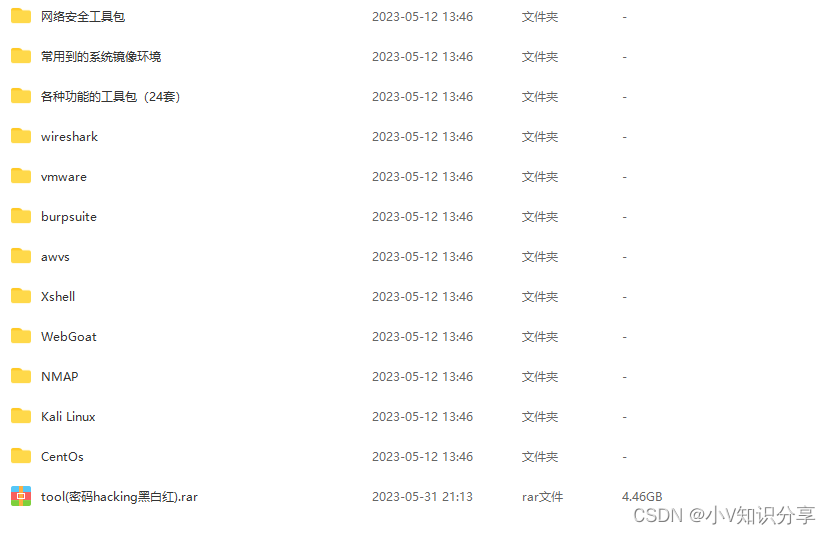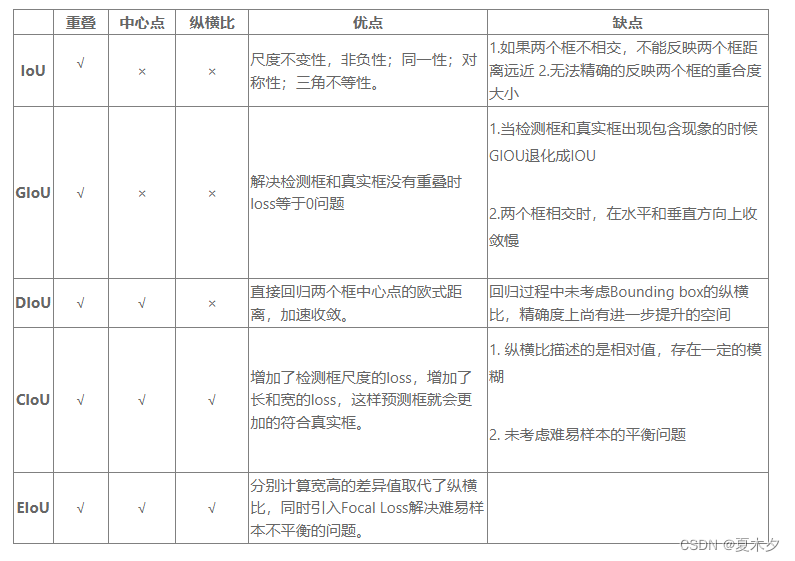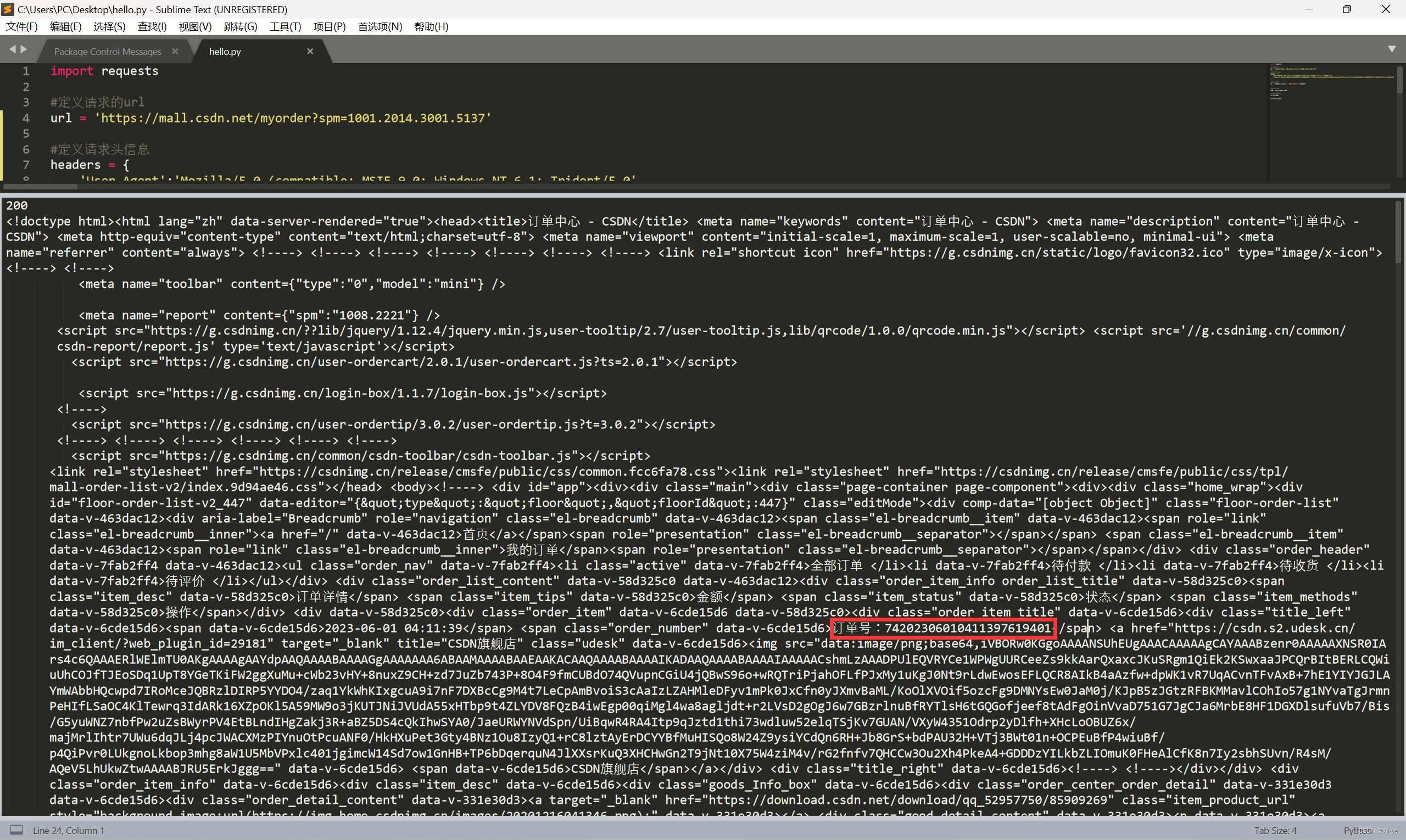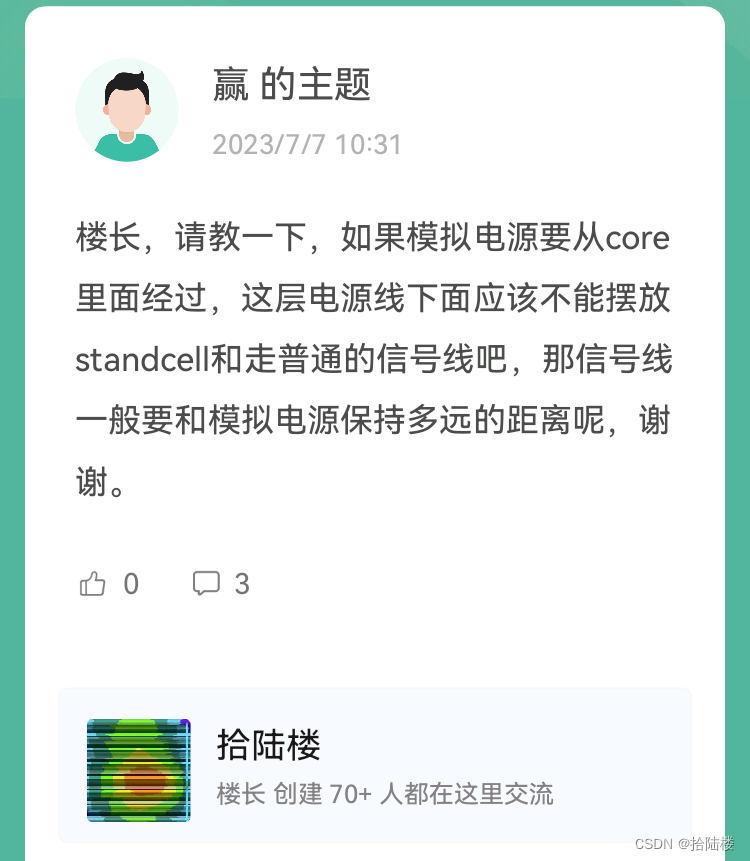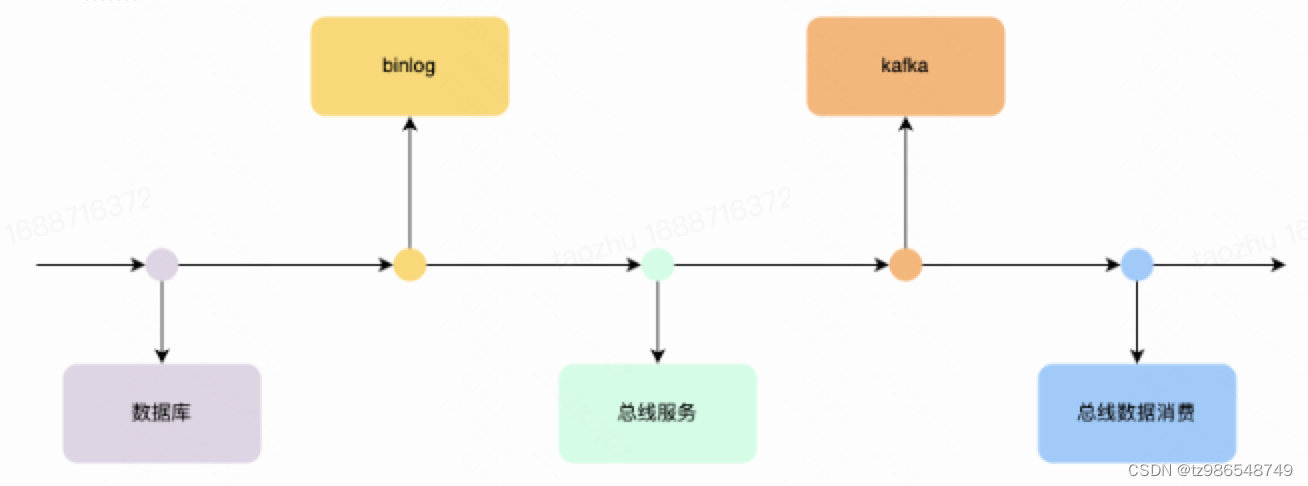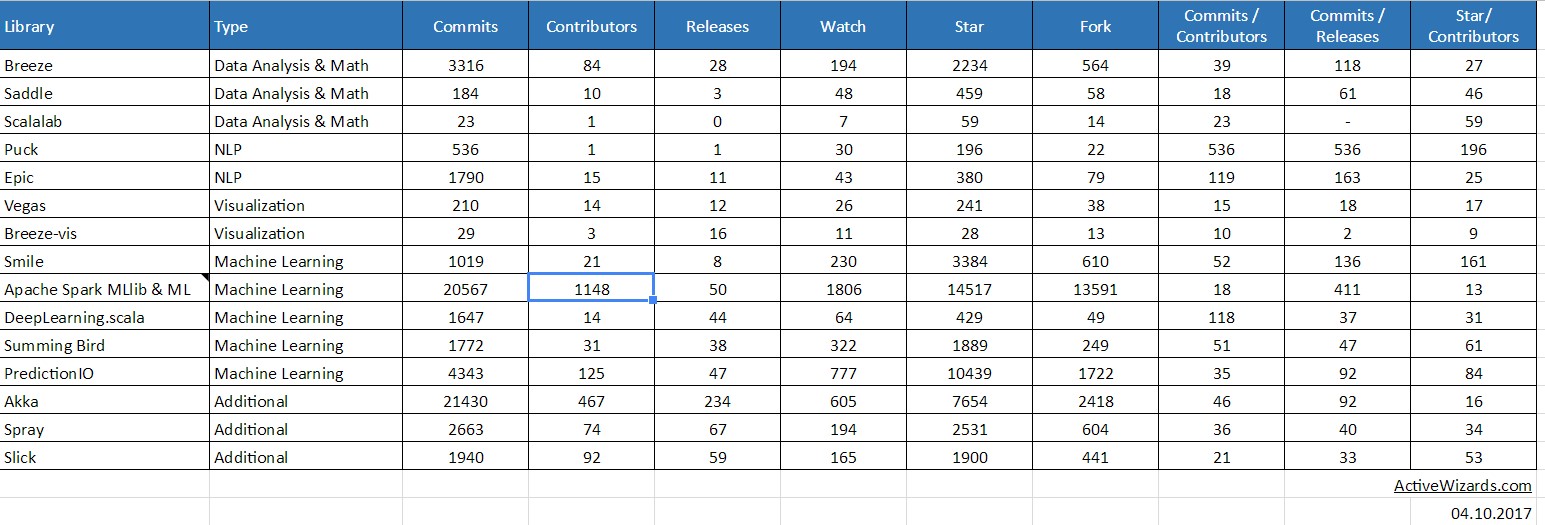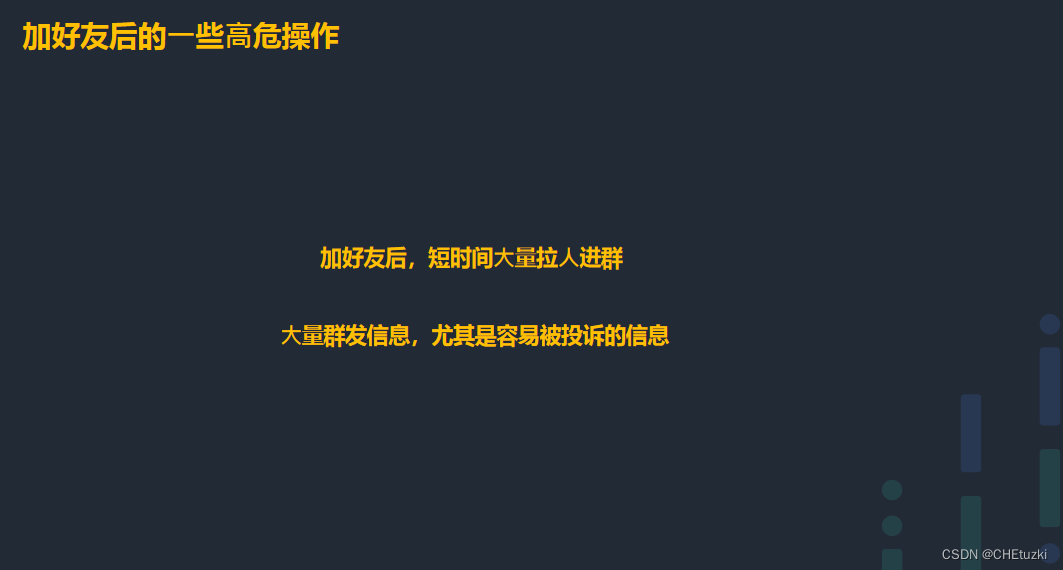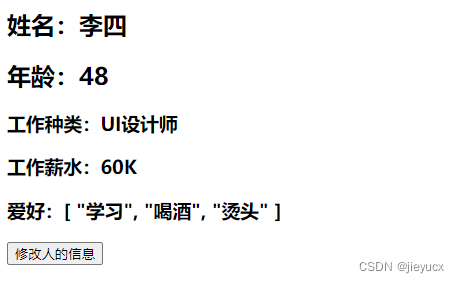文章目录
- 一、组件的基本理解和使用
- 1-1、函数式组件
- 1-2、类式组件
- 二、组件实例的三大核心属性
- 2-1、state的基本使用
- 2-2-1、state的总结
- 2-2、props的基本使用
- 2-2-1、props的传值与批量传值
- 2-2-2、对props进行限制
- 2-2-3、props的简写
- 2-2-4、类式组件中的构造器与props
- 2-2-5、函数式组件中使用props
- 2-3、refs的基本使用
- 2-3-1、字符串形式的ref
- 2-3-2、回调函数形式的ref
- 2-3-3、回调函数形式的ref的调用次数问题
- 2-3-4、creatRef
- 三、React的事件处理
- 四、收集表单数据
- 4-1、非受控组件
- 4-2、受控组件
- 五、生命周期(旧)
- 六、生命周期(新)
- 6-1.getDerivedStateFromProps
- 6-2.getSnapshotBeforeUpdate的使用场景
一、组件的基本理解和使用
组件是 React的一等公民,使用React就是在用组件 组件表示页面中的部分功能 组合多个组件实现完整的页面
功能特点:可复用、独立、可组合
1-1、函数式组件
适用于简单组件(无状态的组件)
<script type="text/babel">
// 定义函数式组件
function Demo(){
return <h2>我是函数定义的组件</h2>
}
// 渲染组件到页面
ReactDOM.render(<Demo/>,document.getElementById('test'))
// 执行了ReactDOM.render(<Demo/>之后发生了什么
// 1.React解析组件标签,找到了Demo组件
// 2.发现组件式使用函数定义的,随后调用该函数,将返回的虚拟dom转为真实dom,随后呈现在页面中
</script>
1-2、类式组件
适用于复杂组件(有状态的组件)
<script type="text/babel">
// 创建类式组件
class Demo extends React.Component {
render(){
// 这里的this指向类的实例对象
console.log(this);
// render式放在哪里的?Demo的原型对象上,供实例使用
return <h2>我是类式组件适用于复杂组件的定义</h2>
}
}
// 渲染组件到页面
ReactDOM.render(<Demo />,document.getElementById('test'))
// 执行了ReactDOM.render(<Demo/>之后发生了什么
// 1.React解析组件标签,找到了Demo组件
// 2.发现组件式使用函数定义的,随后new出来该类的实例,通过该实例,调用到原型上的render方法
// 3.将render返回的虚拟dom转为真实dom,渲染到页面上
</script>
二、组件实例的三大核心属性
2-1、state的基本使用
<script type="text/babel">
// 定义函数式组件
class Weather extends React.Component{
//构造器调用几次? ———— 1次
constructor(props){
console.log('constructor');
super(props)
//初始化状态
this.state = {isHot:false}
//解决changeWeather中this指向问题
this.changeWeather = this.changeWeather.bind(this)
}
render(){
console.log('render');
//读取状态
const {isHot} = this.state
return <h1 onClick={this.changeWeather}>今天天气很{isHot ? '炎热' : '凉爽'}</h1>
}
//changeWeather调用几次? ———— 点几次调几次
changeWeather(){
//changeWeather放在哪里? ———— Weather的原型对象上,供实例使用
//由于changeWeather是作为onClick的回调,所以不是通过实例调用的,是直接调用
//类中的方法默认开启了局部的严格模式,所以changeWeather中的this为undefined
console.log('changeWeather');
//获取原来的isHot值
const isHot = this.state.isHot
//严重注意:状态必须通过setState进行更新,且更新是一种合并,不是替换。
this.setState({isHot:!isHot})
console.log(this);
//严重注意:状态(state)不可直接更改,下面这行就是直接更改!!!
//this.state.isHot = !isHot //这是错误的写法
}
}
// 渲染组件到页面
ReactDOM.render(<Weather/>,document.getElementById('test'))
// 执行了ReactDOM.render(<Demo/>之后发生了什么
// 1.React解析组件标签,找到了Demo组件
// 2.发现组件式使用函数定义的,随后调用该函数,将返回的虚拟dom转为真实dom,随后呈现在页面中
</script>
2-2-1、state的总结
1.state是组件对象中最重要的属性,值是对象【可以包含多个key-value的组合】
2.组件呗称为状态机,通过更新组件的state来更新对应页面现实【重新渲染组件】
强烈注意:
- 组件中render方法中的this为组件实例。
- 组件的自定义方法中的this为undefine,如何解决?
a:强制绑定this,通过函数对象的bind()
b:箭头函数 - 状态数据,不能直接修改或更新。
2-2、props的基本使用
2-2-1、props的传值与批量传值
<script type="text/babel">
// 定义函数式组件
class Person extends React.Component{
render(){
console.log(this);
return (
<ul>
<li>姓名:{this.props.name}</li>
<li>性别:{this.props.sex}</li>
<li>年龄:{this.props.age}</li>
</ul>
)
}
}
// 渲染组件到页面
ReactDOM.render(<Person name="Zhangsan" age="12" sex="男"/>,document.getElementById('test1'))
ReactDOM.render(<Person name="lisi" age="12" sex="男"/>,document.getElementById('test2'))
ReactDOM.render(<Person name="wangwu" age="12" sex="男"/>,document.getElementById('test3'))
// 批量传值
let info = {name:'四六',age:'23',sex:'女'}
ReactDOM.render(<Person {...info}/>,document.getElementById('test4'))
</script>
2-2-2、对props进行限制
<script type="text/babel">
// 定义函数式组件
class Person extends React.Component{
render(){
return (
<ul>
<li>姓名:{this.props.name}</li>
<li>性别:{this.props.sex}</li>
<li>年龄:{this.props.age}</li>
</ul>
)
}
}
// 对props的值进行限制
Person.propTypes = {
name:PropTypes.string.isRequired,//限制name必传并且是字符串型
sex:PropTypes.string,//限制sex是字符串型
age:PropTypes.number,//限制age是数值型
speak:PropTypes.func//限制speak是函数型
}
// 给props默认值
Person.defaultProps = {
name:'未知'
}
// 渲染组件到页面
ReactDOM.render(<Person name="Zhangsan" age={21} sex="男" speak={()=>{}}/>,document.getElementById('test1'))
// 批量传值
let info = {name:'李四',age:23,sex:'女'}
ReactDOM.render(<Person {...info}/>,document.getElementById('test2'))
</script>
2-2-3、props的简写
<script type="text/babel">
// 定义函数式组件
class Person extends React.Component {
// 对props的值进行限制
static propTypes = {
name: PropTypes.string.isRequired,//限制name必传并且是字符串型
sex: PropTypes.string,//限制sex是字符串型
age: PropTypes.number,//限制age是数值型
speak: PropTypes.func//限制speak是函数型
}
// 给props默认值
static defaultProps = {
name: '未知'
}
render() {
return (
<ul>
<li>姓名:{this.props.name}</li>
<li>性别:{this.props.sex}</li>
<li>年龄:{this.props.age}</li>
</ul>
)
}
}
// 渲染组件到页面
ReactDOM.render(<Person name="Zhangsan" age={21} sex="男" speak={() => { }} />, document.getElementById('test1'))
// 批量传值
let info = { name: '李四', age: 23, sex: '女' }
ReactDOM.render(<Person {...info} />, document.getElementById('test2'))
</script>
2-2-4、类式组件中的构造器与props
//构造器调用几次? ———— 1次
constructor(props){
console.log('constructor',props);
super(props)
//初始化状态
this.state = {isHot:false}
//解决changeWeather中this指向问题
this.changeWeather = this.changeWeather.bind(this)
}
注意事项:
1.构造器是否接收props,是否传递给super,是否希望在构造器中通过this访问props,就取决于是否使用构造器接收peops,开发中不写构造器,能省略就省略
2-2-5、函数式组件中使用props
<script type="text/babel">
// 定义函数式组件
function Person(props){
return (
<ul>
<li>姓名:{props.name}</li>
<li>性别:{props.sex}</li>
<li>年龄:{props.age}</li>
</ul>
)
}
// 对props的值进行限制
Person.propTypes = {
name:PropTypes.string.isRequired,//限制name必传并且是字符串型
sex:PropTypes.string,//限制sex是字符串型
age:PropTypes.number,//限制age是数值型
speak:PropTypes.func//限制speak是函数型
}
// 给props默认值
Person.defaultProps = {
name:'未知'
}
// 渲染组件到页面
// 批量传值
let info = {name:null,age:23,sex:'女'}
ReactDOM.render(<Person {...info}/>,document.getElementById('test2'))
</script>
注意事项:
1.函数式组件只能使用props,不能使用state和refs
2-3、refs的基本使用
2-3-1、字符串形式的ref
<script type="text/babel">
// 创建组件
class Ref extends React.Component{
showData = ()=>{
const {input1} = this.refs
alert(input1.value)
}
showData2 = ()=>{
const {input2} = this.refs
alert(input2.value)
}
render(){
return (
<div>
<input ref="input1" type="text" placeholder="点击按钮展示数据" />
<button onClick={this.showData}>点击展示左侧数据</button>
<input onBlur={this.showData2} ref="input2" type="text" placeholder="失去焦点展示数据"/>
</div>
)
}
}
// 展示数据
ReactDOM.render(<Ref />,document.getElementById('test'))
</script>
2-3-2、回调函数形式的ref
<script type="text/babel">
// 创建组件
class Ref extends React.Component{
showData = ()=>{
const {input1} = this
alert(input1.value)
}
showData2 = ()=>{
const {input2} = this
alert(input2.value)
}
render(){
return (
<div>
<input ref={a=>this.input1 = a} type="text" placeholder="点击按钮展示数据" />
<button onClick={this.showData}>点击展示左侧数据</button>
<input onBlur={this.showData2} ref={a=>this.input2 = a} type="text" placeholder="失去焦点展示数据" />
</div>
)
}
}
// 展示数据
ReactDOM.render(<Ref />,document.getElementById('test'))
</script>
2-3-3、回调函数形式的ref的调用次数问题
注意:
1.内联函数的形式会造成回调函数调用两次第一次为null,第二次为绑定的属性
<script type="text/babel">
// 创建组件
class Ref extends React.Component{
showData = ()=>{
const {input1} = this
alert(input1.value)
}
changeWeather = ()=>{
const {isHot} = this.state
this.setState({isHot:!isHot})
}
saveInput = (a)=>{
this.input1 = a;
console.log('@',a);
}
state = {isHot:false}
render(){
const {isHot} = this.state
return (
<div>
<h2>今天的天气很{isHot ? '炎热' : '寒冷'}</h2>
{/*以下内联形式的回调会造成回调执行两次,第一次为null,第二次为绑定的属性标签,先调集展示测试功能,在点击切换天气控制台查看执行次数*/}
{ /*<input ref={(a)=>{this.input1 = a; console.log('@',a);}} type="text" placeholder="点击按钮展示数据" />*/ }
<input ref={this.saveInput} type="text" placeholder="点击按钮展示数据" />
<button onClick={this.showData}>点击展示左侧数据</button>
<button onClick={this.changeWeather}>点我切换天气</button>
</div>
)
}
}
// 展示数据
ReactDOM.render(<Ref />,document.getElementById('test'))
</script>
2-3-4、creatRef
注意:
1.creatRef创建的自己myRef是专人专用的,只能有一个节点使用这个myRef,如果有多个会被最后一个覆盖
<script type="text/babel">
// 创建组件
class Ref extends React.Component{
myRef1 = React.createRef()
myRef2 = React.createRef()
showData = ()=>{
alert(this.myRef1.current.value)
}
showData2 = ()=>{
alert(this.myRef2.current.value)
}
render(){
return (
<div>
<input ref={this.myRef1} type="text" placeholder="点击按钮展示数据" />
<button onClick={this.showData}>点击展示左侧数据</button>
<input onBlur={this.showData2} ref={this.myRef2} type="text" placeholder="失去焦点展示数据" />
</div>
)
}
}
// 展示数据
ReactDOM.render(<Ref />,document.getElementById('test'))
</script>
三、React的事件处理
注意:
1.通过onXxx属性指定事件处理函数
2.React使用的是自定义(合成事件),而不是使用的原生DOM事件
3.React中的事件是通过事件委托方式处理的(委托给徐建最外层的元素)
4.通过event.target得到发生事件的DOM元素对象
script type="text/babel">
// 创建组件
class Ref extends React.Component{
myRef1 = React.createRef()
myRef2 = React.createRef()
showData = ()=>{
alert(this.myRef1.current.value)
}
showData2 = (e)=>{
alert(e.target.value)
}
render(){
return (
<div>
<input ref={this.myRef1} type="text" placeholder="点击按钮展示数据" />
<button onClick={this.showData}>点击展示左侧数据</button>
<input onBlur={this.showData2} type="text" placeholder="失去焦点展示数据" />
</div>
)
}
}
// 展示数据
ReactDOM.render(<Ref />,document.getElementById('test'))
</script>
四、收集表单数据
4-1、非受控组件
<script type="text/babel">
class Login extends React.Component{
subFn = (e)=>{
e.preventDefault()
const {username,password} = this
alert(username.value)
}
render(){
return (
<form onSubmit={this.subFn}>
用户名:<input ref={c=>this.username = c} type="text" />
密码:<input ref={c=>this.password = c} type="password" />
<button>登录</button>
</form>
)
}
}
// 展示数据
ReactDOM.render(<Login />,document.getElementById('test'))
</script>
4-2、受控组件
<script type="text/babel">
class Login extends React.Component{
state = {
username:"",
password:''
}
subFn = (e)=>{
e.preventDefault()
const {username,password} = this.state
alert(`您输入的用户名是${username},您输入的密码是${password}`)
}
saveUsername = (e)=>{
this.setState({username:e.target.value})
}
savePassword = (e)=>{
this.setState({password:e.target.value})
}
render(){
return (
<form onSubmit={this.subFn}>
用户名:<input onChange={this.saveUsername} type="text" />
密码:<input onChange={this.savePassword} type="password" />
<button>登录</button>
</form>
)
}
}
// 展示数据
ReactDOM.render(<Login />,document.getElementById('test'))
</script>
五、生命周期(旧)
原理图
生命周期的三个阶段(旧)
1. 初始化阶段: 由ReactDOM.render()触发---初次渲染
1.constructor()
2.componentWillMount()
3.render()
4.componentDidMount()
2. 更新阶段: 由组件内部this.setSate()或父组件重新render触发
1.shouldComponentUpdate()
2.componentWillUpdate()
3.render()
4.componentDidUpdate()
3. 卸载组件: 由ReactDOM.unmountComponentAtNode()触发
1.componentWillUnmount()
代码演示
<!DOCTYPE html>
<html lang="en">
<head>
<meta charset="UTF-8">
<title>React生命周期</title>
</head>
<body>
<div id="test"></div>
<!-- 引入react核心库 -->
<script type="text/javascript" src="../js/react.development.js"></script>
<!-- 引入react-dom 用于支持react操作dom -->
<script type="text/javascript" src="../js/react-dom.development.js"></script>
<!-- 引入bable,用于将jsx转为js -->
<script type="text/javascript" src="../js/babel.min.js"></script>
<script type="text/babel">
class Count extends React.Component {
constructor(props) {
super(props)
// 初始化状态
this.state = { count: 0 }
console.log('constructor');
}
// 组件即将要挂载
componentWillMount() {
console.log('componentWillMount');
}
// 组件挂载完成的钩子
componentDidMount() {
console.log('componentDidMount');
}
// 组件将要卸载的钩子
componentWillUnmount() {
console.log('componentWillUnmount');
}
// 控制组件更新的阀门
shouldComponentUpdate() {
console.log('shouldComponentUpdate');
return true
}
// 组件将要更新的钩子
componentWillUpdate() {
console.log('componentWillUpdate');
}
// 组件更新完毕的钩子
componentDidUpdate() {
console.log('componentDidUpdate');
}
render() {
console.log('render');
const { count } = this.state
return (
<div>
<h2>当前求和为:{count}</h2>
<button onClick={this.add}>点我加一</button>
<button onClick={this.death}>卸载组件</button>
<button onClick={this.force}>不更新任何状态,旧强制 更新一下</button>
</div>
)
}
// 加一的处理函数
add = () => {
const { count } = this.state
this.setState({ count: count + 1 })
}
// 卸载组件的回调
death = () => {
ReactDOM.unmountComponentAtNode(document.getElementById('test'))
}
// 强制更新按钮的回调
force = () => {
this.forceUpdate()
}
}
class A extends React.Component {
// 初始化状态
state = {carName:'奔驰'}
changeCar = ()=>{
this.setState({carName:'宝马'})
}
render() {
return (
<div>
<div>我是A组件</div>
<button onClick={this.changeCar}>换车</button>
<B carName={this.state.carName}/>
</div>
)
}
}
class B extends React.Component {
// 组件将要接收到新的props值
componentWillReceiveProps(){
console.log('B--componentWillReceiveProps');
}
// 控制组件更新的阀门
shouldComponentUpdate() {
console.log('B--shouldComponentUpdate');
return true
}
// 组件将要更新的钩子
componentWillUpdate() {
console.log('B--componentWillUpdate');
}
// 组件更新完毕的钩子
componentDidUpdate() {
console.log('B--componentDidUpdate');
}
render() {
return (
<div>我是B组件,接收的车是:{this.props.carName}</div>
)
}
}
// 展示数据
ReactDOM.render(<A />, document.getElementById('test'))
</script>
</body>
</html>
六、生命周期(新)
原理图
与旧的生命周期来比废除了旧生命周期的三个钩子,新提出了两个新的生命周期钩子
生命周期的三个阶段(新)
1. 初始化阶段: 由ReactDOM.render()触发---初次渲染
1.constructor()
2.getDerivedStateFromProps
3.render()
4.componentDidMount()
2. 更新阶段: 由组件内部this.setSate()或父组件重新render触发
1.getDerivedStateFromProps
2.shouldComponentUpdate()
3.render()
4.getSnapshotBeforeUpdate
5.componentDidUpdate()
3. 卸载组件: 由ReactDOM.unmountComponentAtNode()触发
1.componentWillUnmount()
重要的勾子
1.render:初始化渲染或更新渲染调用
2.componentDidMount:开启监听, 发送ajax请求
3.componentWillUnmount:做一些收尾工作, 如: 清理定时器
即将废弃的勾子
1.componentWillMount
2.componentWillReceiveProps
3.componentWillUpdate
现在使用会出现警告,下一个大版本需要加上UNSAFE_前缀才能使用,以后可能会被彻底废弃,不建议使用。
6-1.getDerivedStateFromProps
<script type="text/babel">
class Count extends React.Component {
// 构造器
constructor(props) {
super(props)
// 初始化状态
this.state = { count: 0 }
console.log('constructor');
}
// 若state的值在任何时候都取决于props,那么可以使用getDerivedStateFromProps
static getDerivedStateFromProps(props,state){
console.log('getDerivedStateFromProps');
// return出去的状态旧不会被修改了
return props
}
// 组件挂载完成的钩子
componentDidMount() {
console.log('componentDidMount');
}
// 组件将要卸载的钩子
componentWillUnmount() {
console.log('componentWillUnmount');
}
// 控制组件更新的阀门
shouldComponentUpdate() {
console.log('shouldComponentUpdate');
return true
}
// 组件更新完毕的钩子
componentDidUpdate() {
console.log('componentDidUpdate');
}
render() {
console.log('render');
const { count } = this.state
return (
<div>
<h2>当前求和为:{count}</h2>
<button onClick={this.add}>点我加一</button>
<button onClick={this.death}>卸载组件</button>
<button onClick={this.force}>不更新任何状态,旧强制 更新一下</button>
</div>
)
}
// 加一的处理函数
add = () => {
const { count } = this.state
this.setState({ count: count + 1 })
}
// 卸载组件的回调
death = () => {
ReactDOM.unmountComponentAtNode(document.getElementById('test'))
}
// 强制更新按钮的回调
force = () => {
this.forceUpdate()
}
}
// 展示数据
ReactDOM.render(<Count />, document.getElementById('test'))
</script>
6-2.getSnapshotBeforeUpdate的使用场景
<!DOCTYPE html>
<html lang="en">
<head>
<meta charset="UTF-8">
<title>getSnapShotBeforeUpdate的使用场景</title>
<style>
.list{
width: 200px;
height: 150px;
background-color: skyblue;
overflow: auto;
}
.news{
height: 30px;
}
</style>
</head>
<body>
<!-- 准备好一个“容器” -->
<div id="test"></div>
<!-- 引入react核心库 -->
<script type="text/javascript" src="../js/17.0.1/react.development.js"></script>
<!-- 引入react-dom,用于支持react操作DOM -->
<script type="text/javascript" src="../js/17.0.1/react-dom.development.js"></script>
<!-- 引入babel,用于将jsx转为js -->
<script type="text/javascript" src="../js/17.0.1/babel.min.js"></script>
<script type="text/babel">
class NewsList extends React.Component{
state = {newsArr:[]}
componentDidMount(){
setInterval(() => {
//获取原状态
const {newsArr} = this.state
//模拟一条新闻
const news = '新闻'+ (newsArr.length+1)
//更新状态
this.setState({newsArr:[news,...newsArr]})
}, 1000);
}
getSnapshotBeforeUpdate(){
return this.refs.list.scrollHeight
}
componentDidUpdate(preProps,preState,height){
this.refs.list.scrollTop += this.refs.list.scrollHeight - height
}
render(){
return(
<div className="list" ref="list">
{
this.state.newsArr.map((n,index)=>{
return <div key={index} className="news">{n}</div>
})
}
</div>
)
}
}
ReactDOM.render(<NewsList/>,document.getElementById('test'))
</script>
</body>
</html>
